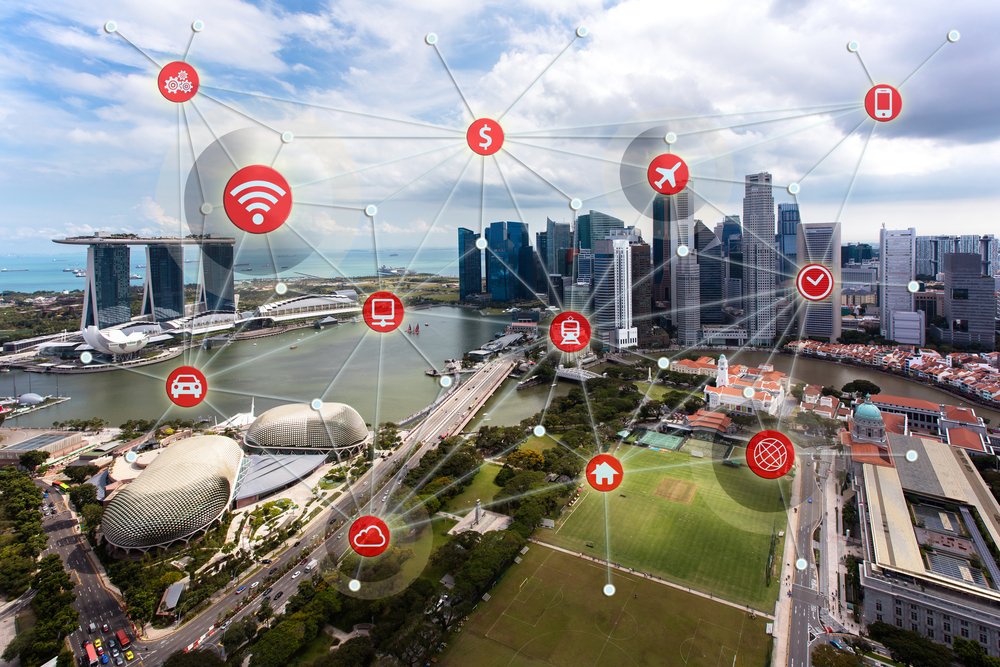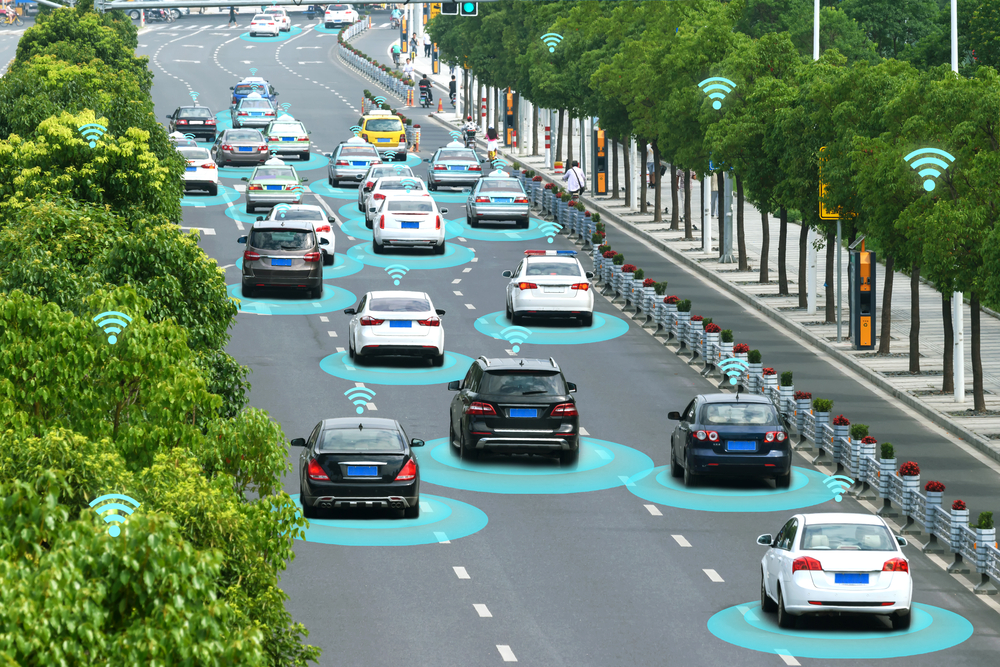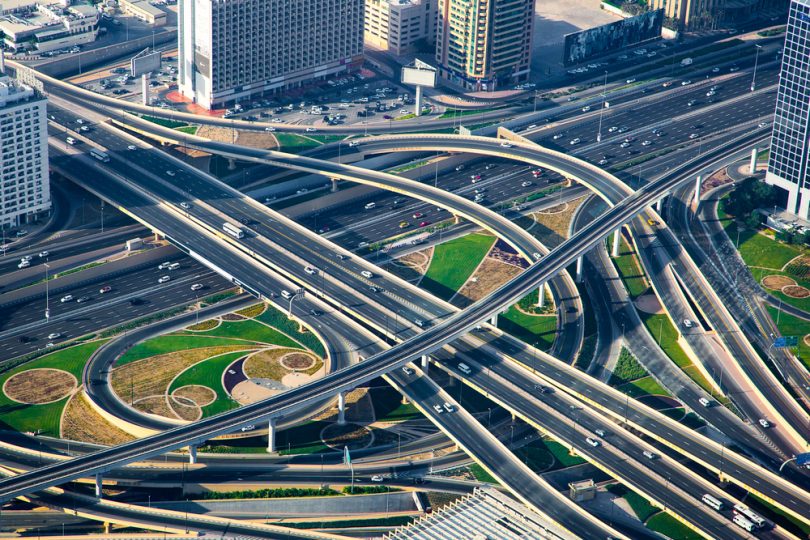By Dr Mak Chin Long
With rapid urbanisation, the World Health Organization (WHO) predicted that seven out of 10 people will live in cities by 2050. The increase in urban dwellers and transport demand will further worsen climate change due to the amount of CO2 emissions, estimated to contribute to about 30 per cent of the total man-made CO2 emissions worldwide.
Although empirical evidence is yet to be sought, the COVID-19 pandemic seemed to have reduced traffic congestion. Globally, it has been a growing interest to identify and implement sustainable transport solutions to address the challenges of urban traffic congestion as well as being resilient.
In global cities, it is important to develop a safe and robust transportation system that is evolved to connecting people and places safely, conveniently, efficiently, cost-effectively and sustainably.
CREATING A CAR-LITE ENVIRONMENT
The common strategies adopted in many cities include enhancing, repurposing or upsizing existing transport infrastructures; decentralising congested cities into satellite cities; managing spatial (where trips are made) and temporal (when trips are made) travel demands; and changing or transforming modes of travel. These strategies have resulted in positive outcomes in an increasingly car-lite environment.
For example, in Singapore, it is estimated that public transport ridership will increase from 68 per cent to 75 per cent by 2030; while the reasonable optimum travel speeds on expressways will continue to stay within the range of 25 to 30 kmph on major roads, and 60 to 65 kmph during peak hours. Road fatalities will also become comparatively lower at 2.05 per 100,000 population as more people take public transport in a more car-lite environment.
Owing to earlier success, the use of technology in planning transport infrastructure ahead of forecasted demand is gaining popularity with the global urgency to develop a built environment that is also sensitive to climate change. In global cities, it is important to develop a safe and robust transportation system that is evolved to connecting people and places safely, conveniently, efficiently, cost-effectively and sustainably.
Data and information collected from the transportation network currently in operation is crucial as they provide insights on possible gaps between planning and operation, as well as revealing commuters’ needs.
In recent years, technological advancements have transformed the way we plan, design, build and operate transportation systems. They continuously reshape conventional planning practices into more efficient processes with robust what-if scenarios. The technologies identified in enhancing the planning of infrastructure can be broadly divided into three categories: data collection and analysis; modelling and simulation; and planning and design.

Big data could inform infrastructure planning more efficiently than any conventional methods; image by molpix/Shutterstock
Data Collection and Analysis
Essentially, data and information collected from the transportation network currently in operation is crucial as they provide insights on possible gaps between planning and operation, as well as revealing commuters’ needs. Traditionally, transport data collection is constrained due to labour intensive methods with limited sampling size such as traffic flow count, travel time, origin-destination (OD) survey, face-to-face perception and stated preference surveys.
With advances in sensor and communication technologies, real-time transport data from various data sources are now available for us to derive a deeper understanding on commuter behaviours in response to the environment over time. The commuter travel characteristics i.e., where, when, why can be inferred by fusing different data sources such as on-street smart sensors, geospatial technologies, telco data, public transport data, road pricing gantry data, parking data, or probe-vehicle based data, etc. These big data are then further analysed to potentially establish some of the Key Performance Indicators (KPI) for monitoring and improving the existing transport system performance, for example, the car-lite indicator, the public transport accessibility level (PTAL), and the modal split and user perception survey. The feedback obtained and experience gained would allow transport planners to better future-proof their next transport infrastructure plans.
Through modelling and simulation, stakeholders and interest groups are sufficiently informed on both the opportunities and risks associated with the project prior to making a lavish investment on these transport infrastructure projects.
Geospatial Technology will be able to provide a framework for collecting data with accurate geolocation and detailed geographic data, transforming observations to facilitate software-based solutions around smart infrastructure. The Global Positioning System (GPS) and Geographical Information System (GIS) would facilitate building an urban digital model, which may help in the planning and integration of transport infrastructure.
The spatial and temporal insights derived from the big data can also be used to refine or challenge some of the planning assumptions and parameters made in the classic four-staged transport planning process—demand forecasting; trip distribution; mode choice; and route assignment. The validation and recalibration processes will further enhance the accuracies and relevancies of our transport models in transport planning projects.

Effective transportation planning aims to create a car-lite environment where people can walk and cycle; image by CPG Consultants
Modelling and Simulation
With rich data and comprehensive insights, the modelling and simulation platform can be conducted efficiently in a macro, meso and micro-simulation for different stages of planning works. These advanced optimisation, simulation and visual representation of transport modelling have helped planners and decision makers to gain a quick understanding on the impact and relationship between a wide-range of planning inputs, assumptions and parameters.
With this, we can simulate numerous planning scenarios with different possibilities of occurrences that are deemed necessary for risk management and future-ready infrastructure planning. The what-if planning scenarios—why the need to build; what infrastructure to be built; where to construct; when to construct; how much CO2 emission will be incurred—can now be answered and clarified instantly. This shall ensure that accessibility and mobility needs of developments are well taken care of.
Not only will we be able to simulate transport demand and assess the impacts of transport policies accurately, we can now also quantify the impact of new transport technology to be implemented in the future; for example, connected and autonomous vehicles (CAV); electric vehicles (EV) and shared vehicles (SV). The simulation of new technology prior to deployment is crucial in planning new infrastructure for CAV, EV and SV. Likewise, repurposing of current transport infrastructure to cope with the changes in predicted travel patterns such as increasing non-motorised traffic demand, flattening the demand curve, replacing work trips by telecommuting etc.
Key drivers of new transport mobility landscape are climate sensitive and resource efficient, therefore, in terms of transport infrastructure planning and design, it should be geared towards the same trend.
For a township planning of transport infrastructure in Manila, we used simulation tools to ascertain a balanced land use with plot ratio of a self-sufficient city. Such simulation methodology is necessary when the existing city infrastructure has already been over utilised. By leveraging a powerful virtual reality (VR) simulation tool, we are able to translate the parking facilities design of our project into a VR driving environment for users to provide valuable feedback well ahead of a physical construction.
All in all, through modelling and simulation, stakeholders and interest groups are sufficiently informed on both the opportunities and risks associated with the project prior to making a lavish investment on these transport infrastructure projects.

Mobility as a Service (MaaS) is the future of commuting in urban areas; image by zapp2photo/Shutterstock
Planning and Design
Armed with modelling and simulation findings, the planning of transport infrastructure has become more transparent and efficient. Not only are these methods capable of producing complex planning options to deal with existing challenges, they also provide further insights on the technology trends relating to mobility. The selected key drivers of change brought about by the advent of new technology are: decentralising and telecommuting that will influence trip patterns spatially and temporally; mobilisation of safe and environmentally friendly CAV, EV, SV; first and last-mile connecting public transport; and vehicle ownership model to sharing/subscription via Mobility as a Service (MaaS) platform.
Also read: Key Drivers of Change in Transport Infrastructure Planning
It is evident that the key drivers of new transport mobility landscape are climate sensitive and resource efficient, therefore, in terms of transport infrastructure planning and design, it should be geared towards the same trend.
SUMMARY
It has been demonstrated that technology has been influencing the way we plan, design and operate our transport infrastructure. Recent technology will continue to revolutionise the way we travel, influence commuters’ aspirations and needs as well as to create smart transport options. It is clear that the future planning of transport infrastructure should focus on building a complete mobility infrastructure with services integration: road-based, rail-based and non-motorised network should be modelled and assessed, planned, designed as a complete mobility system. Due to the externalities of ever-changing needs and requirements, the infrastructure planning should also take on a flexible function/provision over time, repurposed and redesigned to be user-friendly.

Dr Mak Chin Long, Senior Vice President, CPG Transport
Dr Mak has more than 20 years of experience in a wide range of transportation planning, modelling and engineering consultancy works for both public and private organisations in Singapore and overseas. In 2013, he was invited by Sino-Singapore Nanjing Eco Hi-Tech Island Development Co Ltd to sit on the expert panel for transport design proposals presented by design teams from Tongji University and Jiangsu Urban Planning & Design Institute. In Singapore, under the College of Fellows (CoF) of The Institution of Engineers Singapore, he also sat in Advisory Panel to lend his expertise on transportation planning and engineering for large development proposals.

 Malaysia
Malaysia Hong Kong
Hong Kong Indonesia
Indonesia Tiếng Việt
Tiếng Việt ประเทศไทย
ประเทศไทย










